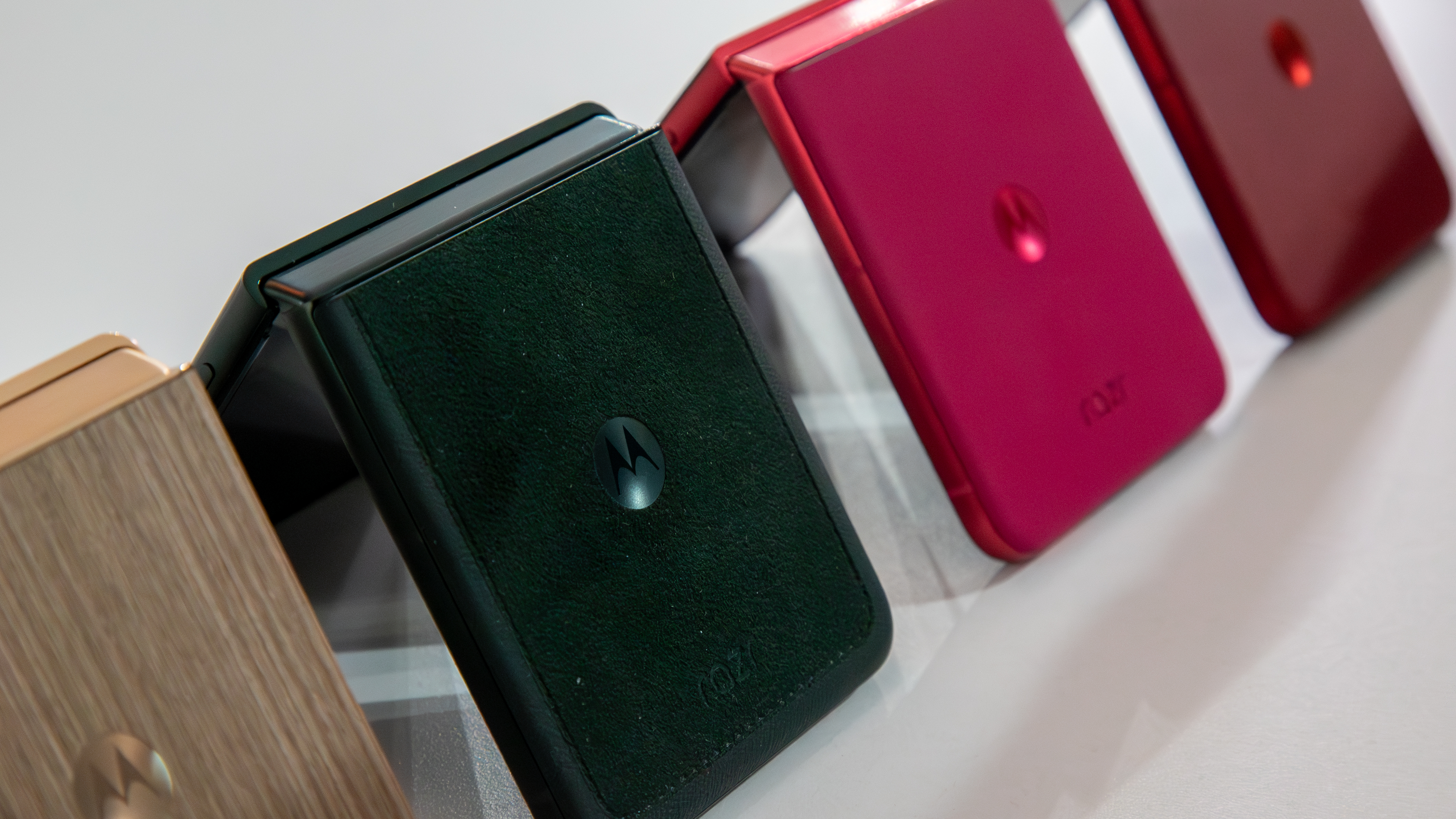Android Go is the smartest thing Google can do to win the next billion smartphone users
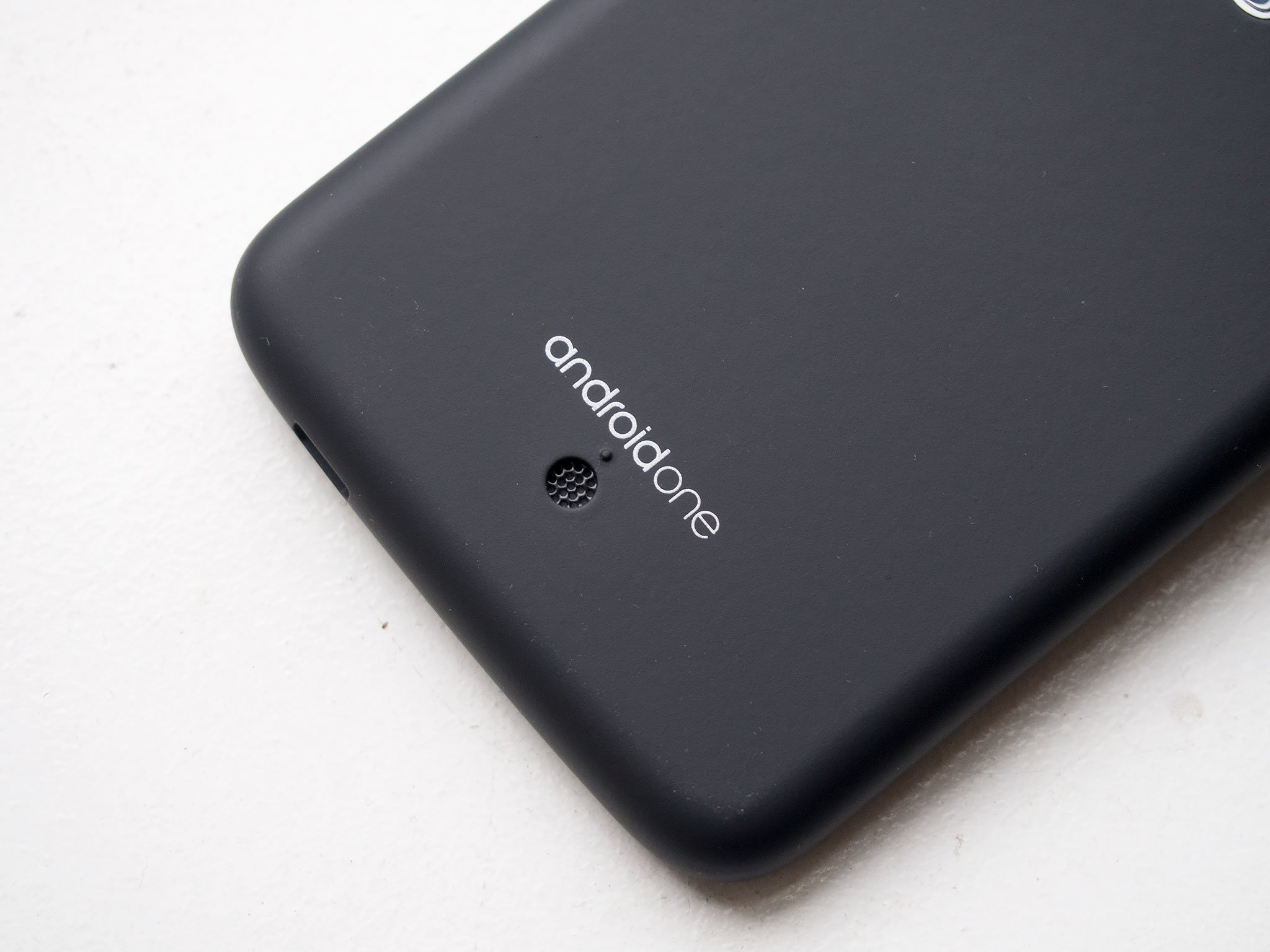
You may know this well-known idiom: fool me once, shame on you; fool me twice, shame on me. Such a phrase can be applied to many circumstances, but it also works in the context of Google's salvo into the world of unifying the experience of budget smartphones, Android One.
One is the loneliest number
Android One was unveiled in 2014 as a way for hardware manufacturers to spend less time building custom software, and assigning expensive engineers to update that software, by putting the onus on Google to keep those phones updated. But Android One floundered soon after its launch, since the Indian companies Google partnered with on the project didn't put nearly as much marketing muscle behind those phones as the ones they could profitably customize to their hearts' content.
By the time Google fixed Android One's biggest problems, its partners were recreating its best features for less money.
And while Google rectified the problem a year later with the second generation of Android One devices, by that time the likes of Xiaomi, Vivo, Oppo and Lenovo were mimicking the positive aspects of Google's enterprise while simultaneously undercutting them on the hardware, leaving Android One to flounder. It had some success in countries like Turkey, Japan, Indonesia and Portugal, but by the end of 2016 it was clear Google's partners were on the verge of abandoning their low-cost Android One strategy. Google learned that, especially in the low-end smartphone space, hardware vendors want Android, not Google's Android, spurned by the very companies it wooed just a couple years earlier.
Along comes Go
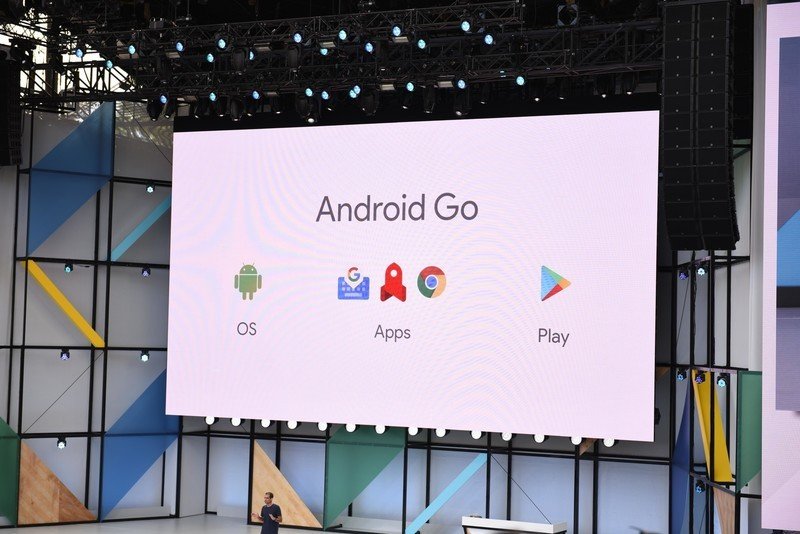
Now we're hearing about Android Go, and how it's also going to revolutionize the Android experience for people who are just about to buy their first smartphone, or have limited budgets in developing regions where their phone is perhaps their only computer. And while we've heard this before, Google's latest salvo for "the next billion" actually makes a lot of sense. Here's how it breaks down:
- Android O and beyond will be optimized for devices with 1GB of RAM and under. These days, that's a number that often gets derided as too little, especially for a memory-hungry OS like Android, but the foundations have been in place since Project Svelte debuted back in 2012 with Jelly Bean. Google is taking things even further by separating parts of the operating system that can be pared down. At this point, Android — Google's Android — is as lean as it's ever been, and with advancements in battery optimization and app caching, Android O should run well on almost any piece of hardware.
- Google is optimizing its own apps — YouTube, Gboard, Chrome — to use as little mobile data as possible. Chrome will use its Data Saver feature by default. YouTube will preview videos before using expensive mobile bandwidth. And Gboard, Google's excellent virtual keyboard, has been updated to support multiple languages and transliteration.
- When a device ships with Android Go, Google Play will automatically populate apps that have been "lightened" — YouTube Go, Facebook Lite — to use less data. Apps installed on the phone will also remain in a compressed state and the OS won't continually ask for "updates," potentially saving battery life. That doesn't mean that the Play Store will be limited, though: while Google will highlight lightweight apps on the Play Store's home page, the entire app catalog will be available to download.
All of these together will allow Google to make any phone, not just those from manufacturers it partners with, to work really well on limited memory without necessarily forcing those vendors to use a "stock" version of Android that may not allow for its well-regarded customizations. Yes, in certain countries, customized versions of Android are preferred to what we know as vanilla Android.
The next billion
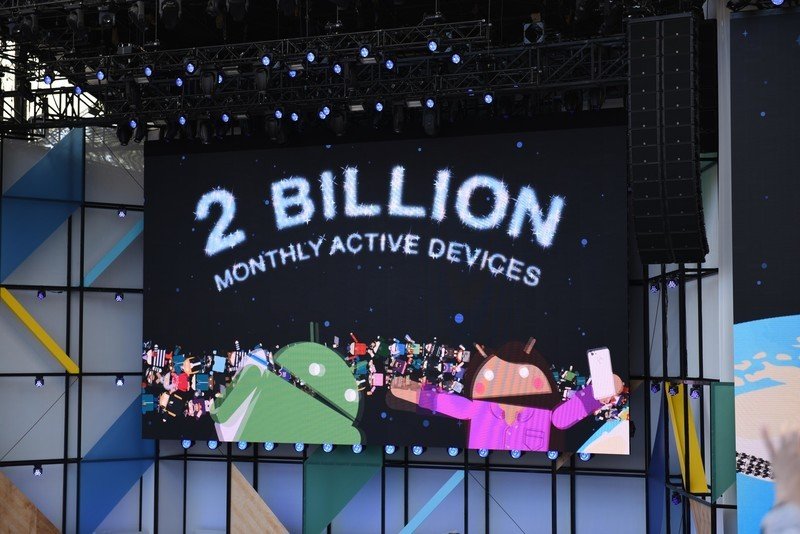
This is a platitude that we hear all the time: there are seven and a half billion people in the world, and with two billion active Android devices, there are hundreds of millions of others in countries like India, Indonesia, Brazil, Turkey, Philippines and Cambodia, to name a few, that, frankly, don't have good experiences when they spend $50 to $100 on an Android device.
Android Go is about more than controlling software updates. It's about making Android leaner and more efficient for everyone.
But Android Go isn't about Google controlling updates, nor is it about offering a separate version of Android that needs to be maintained and continually optimized year over year. As we've learned since Android debuted, Google has a tendency to debut and support features for a brief time only to abandon them completely for something shinier. To put Android Go in a position to succeed, Google made the inspired decision to merely integrate it into its general Android plan. It is so simple, so uninteresting that it has a much better chance of success.
Be an expert in 5 minutes
Get the latest news from Android Central, your trusted companion in the world of Android
That's because, by default, when a company builds a phone with 1GB of RAM or less, Android Go will just be the default state; the lighter configuration of Google's first party apps will be installed, and the version of the Google Play Store users see will automatically highlight low-bandwidth apps.
But the end result will be an Android experience that will seamlessly cause fewer performance hiccups, and fewer accidental data cap overages. It may also improve the reputation of low-cost devices since, even though they are getting better over the years, there is still a stigma around using a phone with low memory.
For the rest
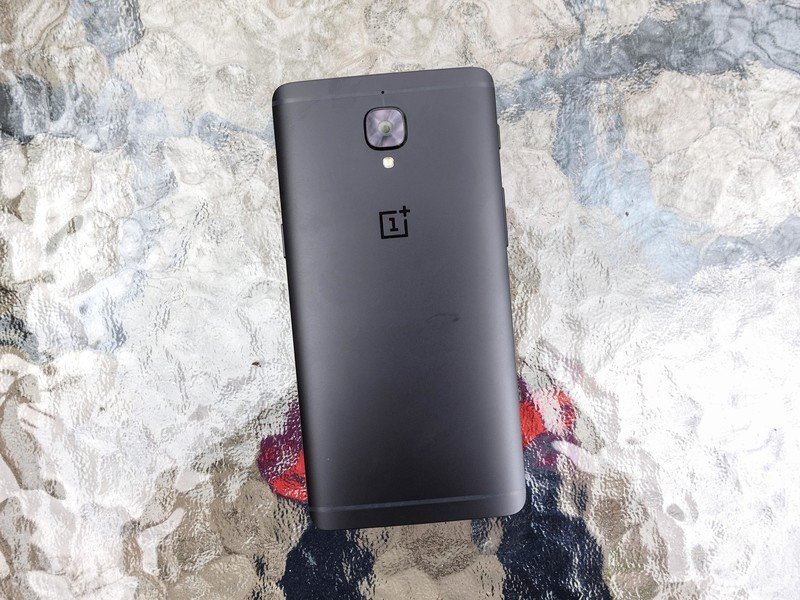
Android O will integrate a number of memory and battery usage improvements into its core, available to phones with 1GB and 6GB of RAM alike. That's the beauty of the enterprise — it just works.
If OnePlus or Samsung can't make Android smooth with 4GB of 6GB of RAM, it's clear that there's more work to be done.
But we've heard this before, and RAM usage continues to dog Android's reputation. Companies like OnePlus and Samsung have been accused of poor memory management, despite outfitting their flagships with plenty of memory. From errant apps to poor governor management, Google can only do so much to make Android a smooth and problem-free experience. Once the code is in the hands of external vendors, all bets are off.
So once again, Google is just trying to make things a little bit better for everyone. Android is already pretty good at scaling, but it could always be better. Usually when we talk about scaling, though, we talk about it scaling up — for better screens, faster CPUs and more powerful GPUs — not down. In 2017, when it's pretty easy to nab a great phone for $300, it makes sense that Google is optimizing the experience for the increasingly important $100 phone so that one day, when phones are $10, we'll look back on this move and consider it a turning point.
Daniel Bader was a former Android Central Editor-in-Chief and Executive Editor for iMore and Windows Central.

